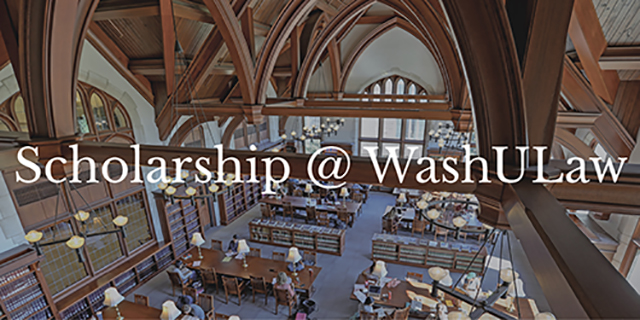
Scholarship@WashULaw
Document Type
Essay
Publication Date
2015
Publication Title
Boston University Law Review
Abstract
Cases challenging systemic discrimination have always constituted an important slice of litigation under Title VII. Early government enforcement efforts sought thorough-going reform of employment practices in major industries. Private litigants have also pursued cases alleging systemic discrimination through class action litigation. The Supreme Court’s decision in Wal-Mart Stores, Inc. v. Dukes, however, made it considerably more difficult for private plaintiffs to pursue claims of systemic discrimination by raising the bar for certifying class actions. In the wake of the Court’s decision in Wal-Mart, many urged the Equal Employment Opportunity Commission (“EEOC”) to use its enforcement powers to take up the slack. Because the EEOC is not required to certify a class or to satisfy the requirements of Rule 23 when bringing a suit on behalf of a group of employees, it appears that Wal-Mart does not affect its ability to pursue systemic cases. This Essay explores the possibilities and the limitations of the EEOC, acting in its role as enforcer of Title VII’s prohibition on employment discrimination, to address systemic discrimination in the workplace. It starts by considering the potential for vigorous EEOC enforcement in cases of systemic discrimination. As a matter of formal statutory authority, the EEOC appears empowered to pursue litigation targeting employer policies and practices that systematically limit opportunities for women, racial minorities and other protected groups, and indeed, the EEOC’s recent strategic plans place increased emphasis on systemic litigation. In actual practice, however, the agency faces significant constraints on its ability to fully leverage its enforcement powers. Its systemic enforcement efforts are hampered by significant resource constraints, especially given a shrinking budget and the agency’s heavy workload of individual charges of discrimination. In addition, the agency’s initiatives can be checked by Congress and the courts, and both branches have recently signaled some disagreement with the EEOC’s systemic efforts.
Keywords
Employment Discrimination, Title VII, Public Enforcement, EEOC
Publication Citation
Pauline Kim, Addressing Systemic Discrimination: Public Enforcement and the Role of the EEOC, 95 B.U. L. Rev. 1133 (2015)
Repository Citation
Kim, Pauline, "Addressing Systemic Discrimination: Public Enforcement and the Role of the EEOC" (2015). Scholarship@WashULaw. 446.
https://openscholarship.wustl.edu/law_scholarship/446
Included in
Civil Rights and Discrimination Commons, Labor and Employment Law Commons, Legal Studies Commons

